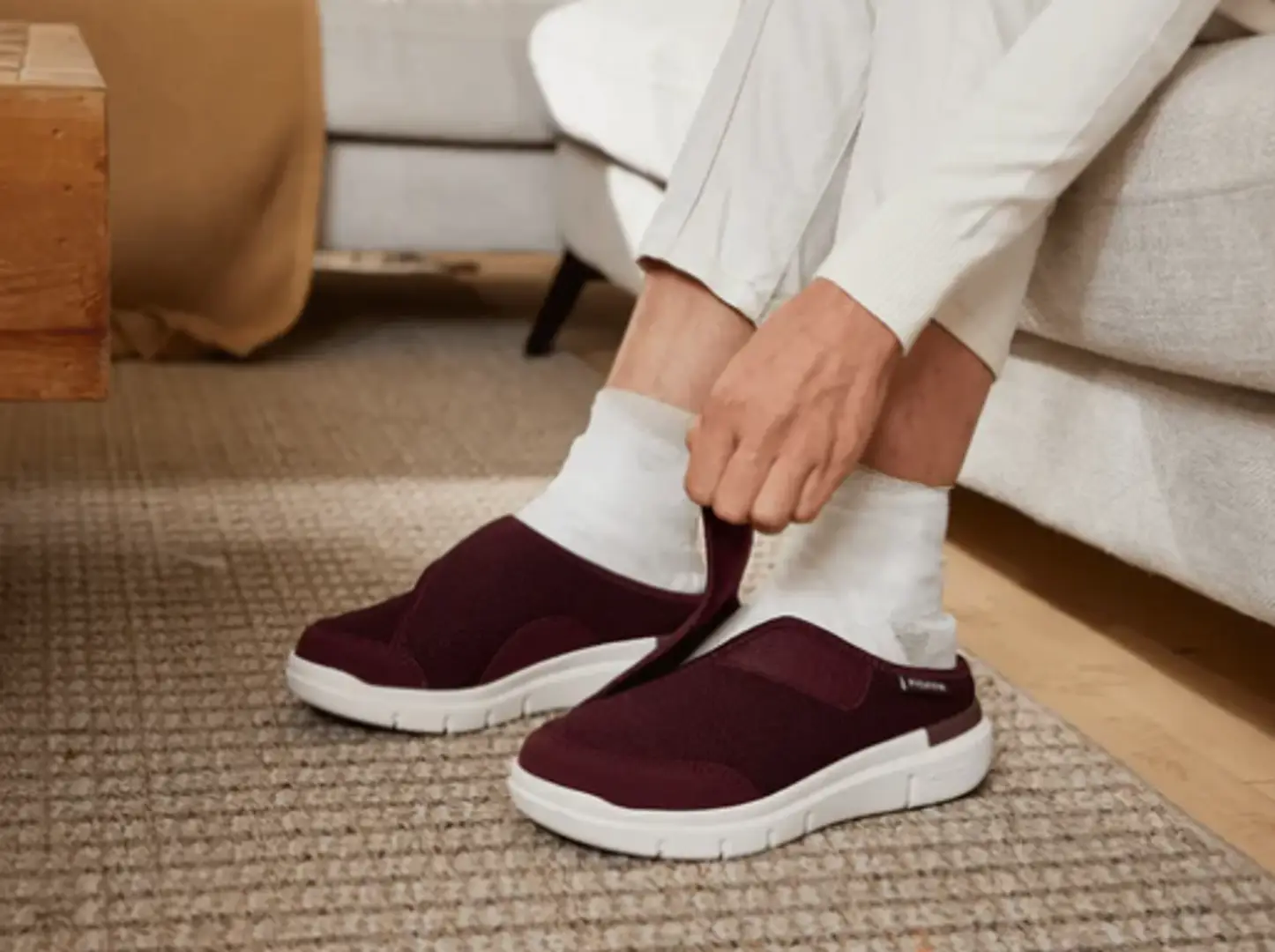

Diabetic Shoes Explained: Why They Matter and How to Choose the Right Pair
Foot health is a top priority for people living with diabetes. High blood sugar levels over time can lead to serious foot complications, including nerve damage (neuropathy), poor circulation, and increased risk of infections. That’s why diabetic shoes aren’t just a comfort item—they’re a critical part of preventive care.
In this guide, we’ll explain what diabetic shoes are, how they help, and what to look for when choosing a pair that fits your needs and lifestyle.
What Are Diabetic Shoes?
Diabetic shoes—also known as therapeutic shoes or extra-depth shoes—are specially designed to reduce the risk of skin breakdown and foot injuries caused by poor circulation and neuropathy. They offer added support, cushioning, and protection that regular shoes simply don’t provide.
These shoes are often recommended or prescribed by a podiatrist and, in some cases, are covered by insurance programs (like Medicare in the U.S.) if you meet certain medical criteria.
Who Should Wear Diabetic Shoes?
You may benefit from diabetic shoes if you:
Have been diagnosed with diabetic neuropathy
Experience foot deformities (bunions, hammertoes, Charcot foot)
Have a history of foot ulcers or calluses
Suffer from poor circulation or swelling
Have existing skin sensitivity or foot pain
Even if you haven’t experienced complications yet, diabetic shoes can be a powerful preventive tool.
Key Features of Diabetic Shoes
Extra Depth and Width
Accommodates custom orthotics and allows room for swelling or foot deformities without pressure.
Seam-Free Interior
Reduces friction that can cause blisters or open wounds. Look for soft, breathable linings.
Cushioned Insoles
Absorb impact and relieve pressure on high-stress areas, helping prevent ulcers.
Supportive Soles
A stable, shock-absorbing outsole supports alignment and balance, reducing fall risk.
Adjustable Closures
Velcro straps, stretch laces, or buckles help achieve a custom, secure fit—even with swelling or limited mobility.
Wide Toe Box
Prevents crowding, allowing toes to spread naturally and reducing the chance of rubbing or pressure.
Removable Insoles
Allows space for custom orthotics or medical-grade inserts if prescribed.
Best Diabetic Shoes of 2025 (Unisex & Gender-Specific Options)
✅ FitVille EasyTop Diabetic Shoes (Men & Women)
Available in wide, extra wide, and XX-wide
Seamless interior with cushioned collar
Velcro closure for easy adjustment
Ideal for swollen feet or high insteps
✅ Orthofeet Stretchable Shoes
Ortho-Cushion™ system with arch support
Extra depth and padded heel counter
Wide range of widths and orthopedic designs
Approved for diabetics and plantar fasciitis
✅ Propet Stability X
Medicare-approved
Removable insole for custom orthotics
Wide forefoot with padded tongue and collar
Lightweight and breathable
✅ Dr. Comfort William (Men) / Annie (Women)
Leather upper with protective toe box
Smooth interior and anti-microbial lining
Casual appearance with medical-grade protection
Diabetic Shoe Styling Tips
You no longer have to choose between comfort and style. Brands now offer diabetic-friendly shoes in a variety of designs:
Sneakers: Great for walking, errands, and travel
Dress Shoes: Perfect for work or formal occasions
Sandals: Diabetic sandals with support and coverage are ideal for warmer climates
Boots: Wide, cushioned diabetic boots are great for fall and winter
Look for shoes that match your personal style but never compromise on medical-grade features.
Tips for Buying Diabetic Shoes
Get Professionally Measured: Swelling and foot shape can change—don’t assume your old size still fits.
Try on Shoes Late in the Day: Feet swell over the course of the day, and you want shoes that accommodate that.
Bring Your Orthotics: If you wear custom inserts, test them in any new pair.
Choose Trusted Brands: Look for companies that specialize in therapeutic or orthopedic shoes.
Check for Return Policies: Especially when buying online—fit and feel matter more than looks.
Daily Foot Care Tips for People with Diabetes
Even the best shoes can’t do it all. Pair them with good habits:
Inspect your feet daily for cuts, blisters, or discoloration
Wash and dry feet thoroughly, especially between toes
Moisturize dry areas to prevent cracking (avoid applying lotion between toes)
Trim nails carefully to avoid ingrown toenails
Never go barefoot, even at home
Final Thoughts
Diabetic shoes are more than a footwear choice—they’re a form of medical support that can help prevent serious complications. By choosing shoes with the right design, structure, and comfort features, you’re taking a smart step toward protecting your feet and maintaining mobility for years to come.
Your feet carry you through life—treat them with the care they deserve.
Related Posts
© 2025 Invastor. All Rights Reserved

User Comments